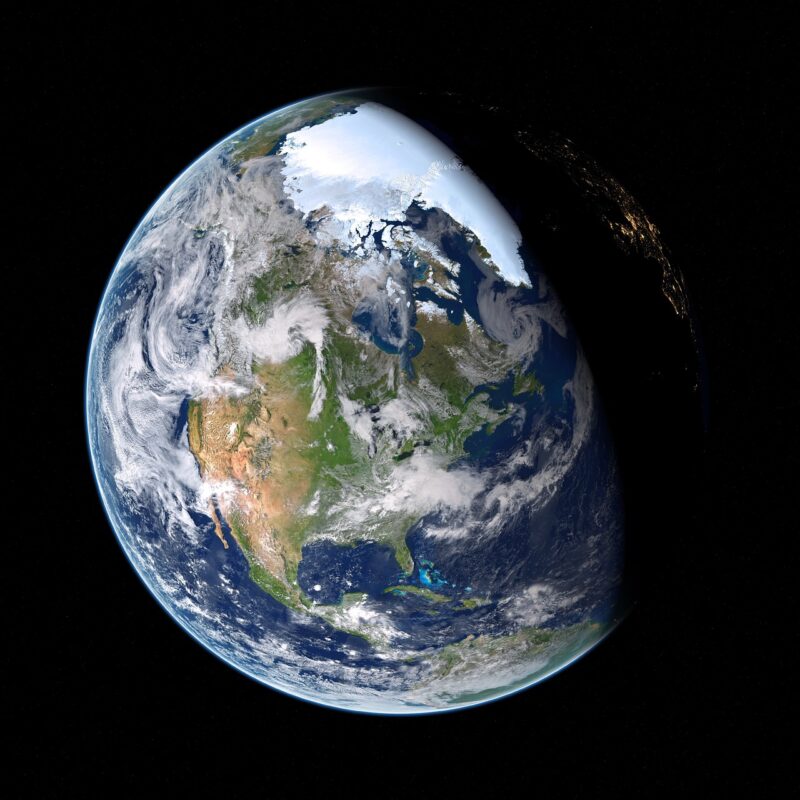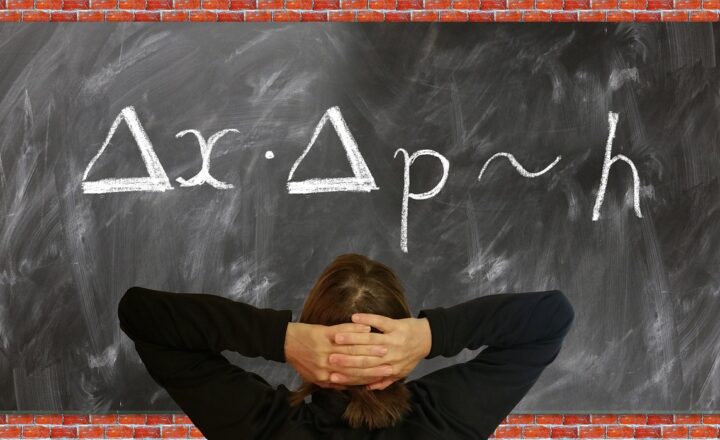Theories of the Multiverse: Could There Be Multiple Versions of Reality?
November 12, 2024

The concept of the multiverse has fascinated thinkers and scientists alike for decades, stirring imaginations and generating complex theories across physics, philosophy, and even popular culture. The idea posits that our universe is not the only one, but rather just one of many universes that exist simultaneously — a cosmic ensemble known as the multiverse. In this article, we will delve deep into the various theories surrounding the multiverse, explore the implications of different realities, and consider how these ideas challenge our current understanding of existence.
1. What Is the Multiverse?
The multiverse refers to the hypothetical existence of multiple, perhaps infinite, universes beyond our own. Each of these universes may have different physical laws, constants, and histories. The term itself is often associated with several paradigms in physics and cosmology, which theorize how these universes could exist, interact, or remain completely separate from one another.
There are numerous reasons why scientists and theorists entertain the idea of the multiverse. These range from interpretations of quantum mechanics to the implications of cosmic inflation, and the mathematics of string theory. While these theories vary greatly in their explanations, they all share the common notion that our universe might be just one of many.
2. Types of Multiverse Theories
Several frameworks help us explore the multiverse concept:
a. The Quantum Multiverse
According to quantum mechanics, every time a decision or event occurs, the universe splits into multiple branches, each representing different outcomes. In this scenario, all potential realities coexist, meaning an infinite number of ‘yous’ might be living completely different lives based on the many choices you could have made.
b. The Cosmological Multiverse
Triggered by the theory of cosmic inflation, this type of multiverse suggests that during the rapid expansion of the universe, different regions of space expanded at different rates. These can lead to “bubble universes,” where each bubble forms its own separate universe with potentially unique physical properties.
c. The String Theory Multiverse
String theory suggests that the fundamental particles of the universe are not point-like but are instead tiny strings that vibrate at different frequencies. The mathematical framework of string theory often leads to a vast number of possible solutions, each representing a different universe with its own physics.
d. The Landscape Multiverse
A concept associated with string theory, the landscape multiverse theorizes that as the universe’s fundamental constants are fine-tuned under different conditions, it creates various landscapes or realms. Each landscape gives rise to different types of physical laws and constants, making reality dramatically diverse.
3. Implications of the Multiverse
The notion of the multiverse carries profound implications for philosophy, science, and our understanding of reality:
a. Existential Questions
If multiple realities exist, how does that redefine our understanding of existence and fate? Are our choices truly ours, or are they just one possibility among countless others? The multiverse challenges our understanding of free will, identity, and destiny.
b. Scientific Methodology
The multiverse theory raises questions about falsifiability in science. Since many of these universes might be inherently unreachable, can multiverse theories ever be proven or disproven? This could lead to a redefinition of what is acceptable within scientific inquiry.
c. Philosophical Ramifications
The multiverse propels discussions in metaphysics and philosophy, especially concerning reality, existence, and knowledge. If multiple versions of reality exist, how can one trust their senses, beliefs, or even scientific observations?
4. The Multiverse in Popular Culture
The multiverse concept has transcended theoretical physics, making its way into literature, film, and television. Works like the Marvel Cinematic Universe, which explores alternate realities, and films like “Everything Everywhere All at Once” emphasize the creative potential of multiple realities. These portrayals often reflect societal questions surrounding choice, identity, and consequence, showcasing how deeply the concept resonates with human experience.
5. Conclusion: The Fascination of Possibility
The theories of the multiverse compel us to confront the vastness of existence and entertain the possibility of infinite realities where anything and everything could happen. Whether or not these theories hold any scientific merit remains a pivotal question in contemporary physics. However, contemplating a multiverse expands our understanding and encourages exploration into realms yet unexplored. Indeed, as we gaze into the cosmos, we might not only be witnessing our universe but a tapestry of potential realities, interconnected by the threads of possibility.
As we continue to unravel the mysteries of the universe, the theories of the multiverse remind us of the magnificence of human curiosity and the potential for discovery in areas beyond our current understanding.








